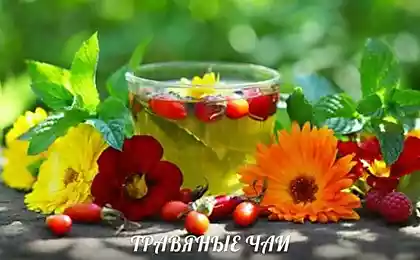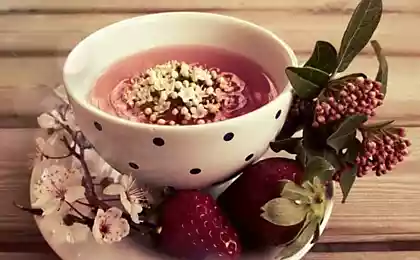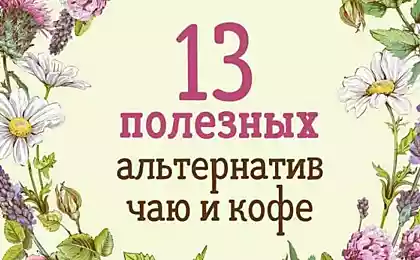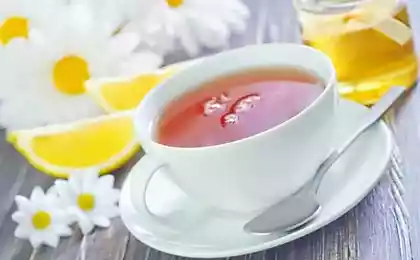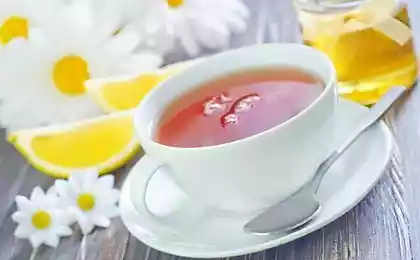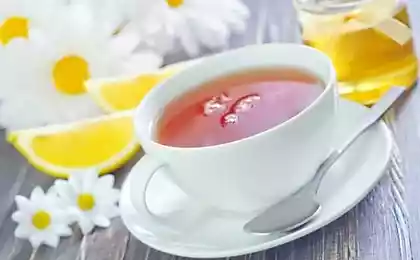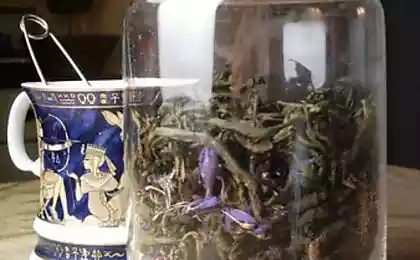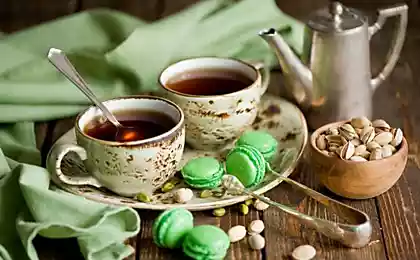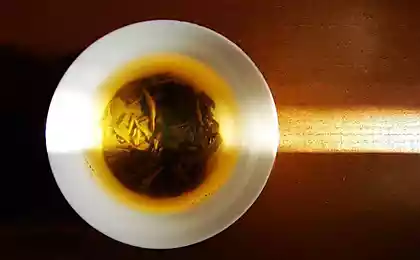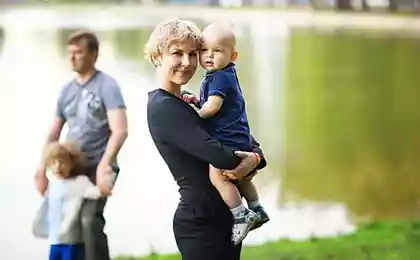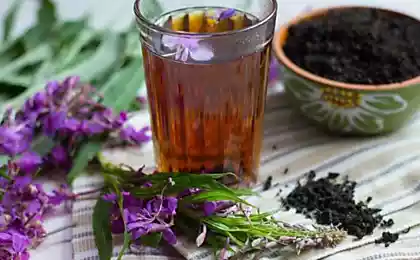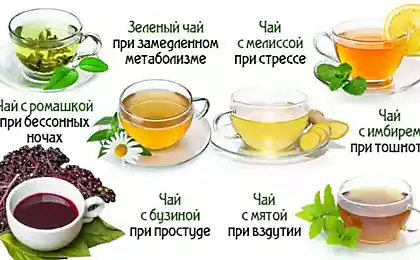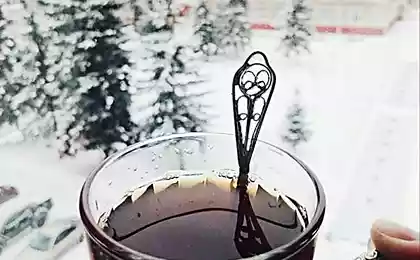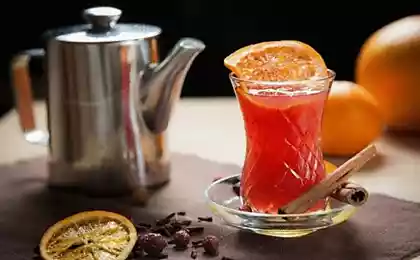875
This tea (9 photos)
On the last day of the fifth month was sick Golden Emperor Shen Nong, and sadness enveloped the whole Celestial. Even the birds were silent in the palace park, and the dew on buds seemed tears. The Emperor was lying on a white jade bed under a nine-veil, and nothing could help him. No blanket of wool wild black cat, or pounded into a powder magic pearl, or even a song of recovery, small voice that sang, accompanying herself on the harp, the youngest, not yet touched by a concubine. In desperation, she had wanted to take his own life, when suddenly a gust of wind threw the yard in her hands dry branch with three leaves.
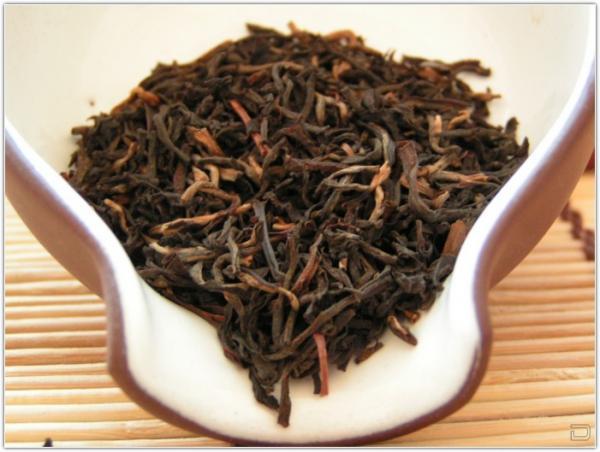
That is, according to one legend, there was a phenomenon called tea, uniting Heaven, Earth and Man. Heaven - the climatic conditions, land - fertile soil, man - a master of preparation divine drink. Tea for the Chinese - is the same as the wine for the Europeans. The same source of inspiration and romance, stunning game with the most subtle shades of color, taste, aroma. In Europe, it brought the Dutch and the Portuguese in the late XVI Art. Therefore, we must finally understand what a real tea.

At first taken out of the brackets all those tea bags, no matter what company they are not delivered - to the primary concept of "tea", they are not related. Although for the sake of truth it should be said that 85% of the world's tea is brewed in tea bags. For staples - all so-called herbal teas, made from seeds, flowers, leaves and roots of the plants - they do not have tea.
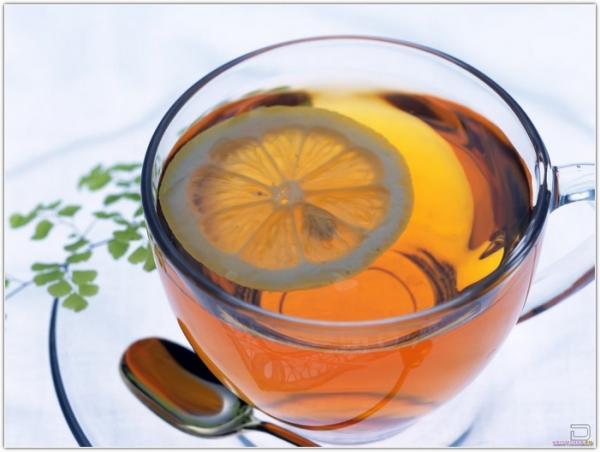
Finally something that belongs to the traditional Chinese medicine and is considered to be a medicine - healing tea-based beverages: banana, with the fruits of lotus flowers of yellow chrysanthemums, peanuts and ginger, honey and prunes with roasted rice, with dried shrimp and mushrooms, sesame seeds, with green onions, white radish, vinegar - the list is far from complete.
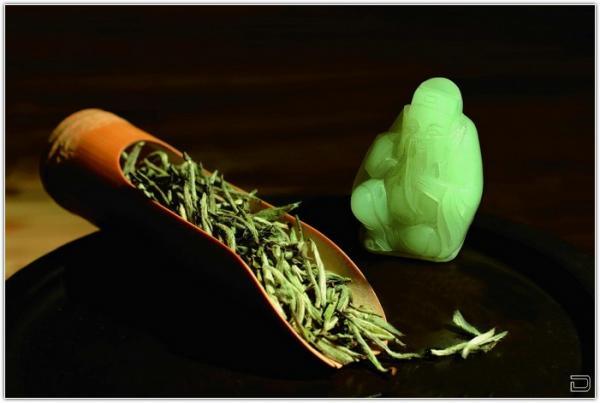
And the most famous - "elixir of longevity" or "Eight Treasures": two flowers of white chrysanthemums, one small piece of orange peel, dried apple, ginseng, hard sugar, one little thing raisins, medlar, red dates, the mysterious Chinese fruit longan. This super-tonic not only extend life, but also saves you from radiation. But be careful - it is allowed to drink only twice a month, and you need upotreblint years.

Now we already can not only get expert advice of the Chinese doctor, but also to acquire all the required components of the "tea drugs" in the Tea Club, or in the so-called tea houses. But these drinks, it is desirable to cook at home - their freshly upotreblinyut exclusively. Consultation costs from $ 20 to $ 100, and 100 g medicinal tea with different constituent parts - up to $ 150.
Chinese, Dutch and then traded tea from Canton, where the name of the product is pronounced [ch'a], Portuguese - Macau, where the local dialect is called tea [te]. Depending on where brought in different countries, this drink is called differently. We and the Turks - a tea, the Japanese, the Indians, the Persians - cha, Arabs - Sha. The English - tea, German - tee, the French - the, and Italians, Swedes, Spaniards, Portuguese, Danes and Norwegians - te.

Wandering around the planet, tea enriched with local flavor quickly. While in China, the drink - just brewed leaves Camellia sinemsis, that is, Chinese camellia, in Tibet, it started adding butter and salt in Mongolia - salt and camel milk in India - sugar, cow's milk, mint, nutmeg , ginger, Indonesia - sugar and lemon. In the UK, the traditional five o'clock - is black tea with sugar and cow's milk.
Oddly enough, we do not know more than the Chinese, and the Japanese tea ceremony. Maybe because it is entertaining, more so to speak, ceremonial. Based on Zen Buddhism, it embodies the aesthetic beauty of enthusiasm among everyday dullness, teaches the secrets of mutual charity, and lasts up to four hours. In essence, this is a cautious attempt to implement possible to the impossible, which is called life.
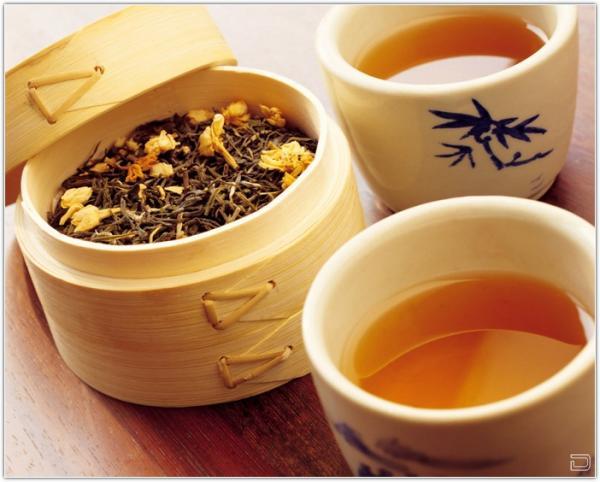
A Japanese tea leaves as the greater use of powdered green tea, although he looks bright and watery, really strong. Even in the XV century Japanese tea ceremony has become almost a religious cult. They now can be learned in Russia, training costs up to $ 250. And if you just order a Japanese tea ceremony for a small group of friends, it will cost only $ 100.
From evergreen shrub, flowering pearl-white flowers in China produce six types of tea: white, yellow, light green, green, red and black. Harvested in the spring before sunrise pale green leaves are a long ways different traditional treatments: it depends on what type of leaves and a variety of tea. Almost all stages of production involved exclusively handmade, so it is - the most expensive.
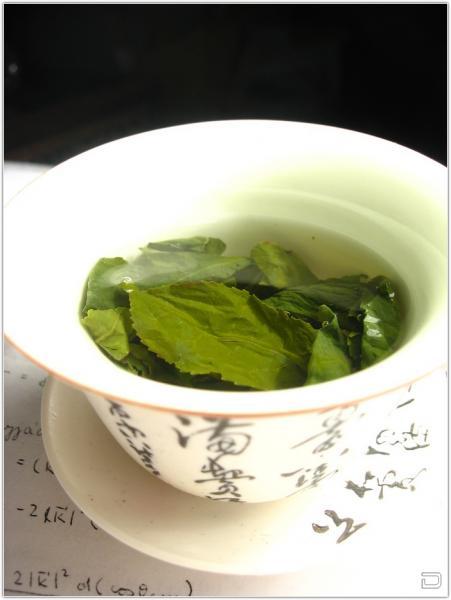
Primary tea ceremony, which actually began the path of the drink, - the Chinese. Although it should be noted that in this country rolled his eyes when you ask about the "ceremony" - is understandable, the term "traditional tea party." Fans join him so much that, despite sky-high prices, just go to the tea house will not work - by appointment only.
The most famous is called the ceremony "Kung Fu." This phrase has a double meaning in Chinese Martial Arts and more work. For this tea choose expensive and rare teas and exquisite work tea set: ceramic or transparent porcelain teapots and tiny bowls, bamboo sovochki special spatula and tongs, placed on the indescribable beauty of lacquered wooden trolley with a double bottom, which through the slits dripping water. < br />
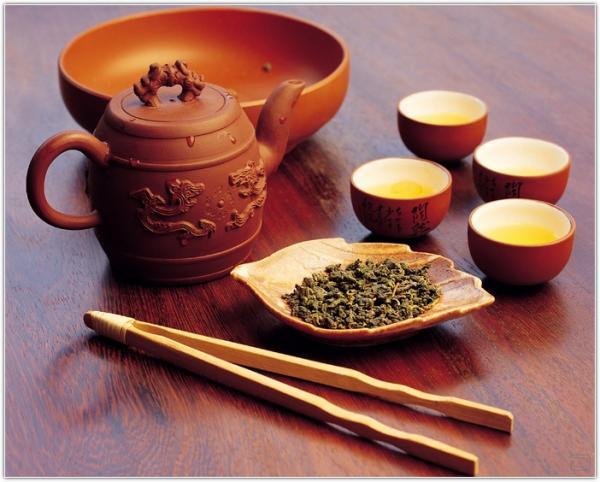

That is, according to one legend, there was a phenomenon called tea, uniting Heaven, Earth and Man. Heaven - the climatic conditions, land - fertile soil, man - a master of preparation divine drink. Tea for the Chinese - is the same as the wine for the Europeans. The same source of inspiration and romance, stunning game with the most subtle shades of color, taste, aroma. In Europe, it brought the Dutch and the Portuguese in the late XVI Art. Therefore, we must finally understand what a real tea.

At first taken out of the brackets all those tea bags, no matter what company they are not delivered - to the primary concept of "tea", they are not related. Although for the sake of truth it should be said that 85% of the world's tea is brewed in tea bags. For staples - all so-called herbal teas, made from seeds, flowers, leaves and roots of the plants - they do not have tea.

Finally something that belongs to the traditional Chinese medicine and is considered to be a medicine - healing tea-based beverages: banana, with the fruits of lotus flowers of yellow chrysanthemums, peanuts and ginger, honey and prunes with roasted rice, with dried shrimp and mushrooms, sesame seeds, with green onions, white radish, vinegar - the list is far from complete.

And the most famous - "elixir of longevity" or "Eight Treasures": two flowers of white chrysanthemums, one small piece of orange peel, dried apple, ginseng, hard sugar, one little thing raisins, medlar, red dates, the mysterious Chinese fruit longan. This super-tonic not only extend life, but also saves you from radiation. But be careful - it is allowed to drink only twice a month, and you need upotreblint years.

Now we already can not only get expert advice of the Chinese doctor, but also to acquire all the required components of the "tea drugs" in the Tea Club, or in the so-called tea houses. But these drinks, it is desirable to cook at home - their freshly upotreblinyut exclusively. Consultation costs from $ 20 to $ 100, and 100 g medicinal tea with different constituent parts - up to $ 150.
Chinese, Dutch and then traded tea from Canton, where the name of the product is pronounced [ch'a], Portuguese - Macau, where the local dialect is called tea [te]. Depending on where brought in different countries, this drink is called differently. We and the Turks - a tea, the Japanese, the Indians, the Persians - cha, Arabs - Sha. The English - tea, German - tee, the French - the, and Italians, Swedes, Spaniards, Portuguese, Danes and Norwegians - te.

Wandering around the planet, tea enriched with local flavor quickly. While in China, the drink - just brewed leaves Camellia sinemsis, that is, Chinese camellia, in Tibet, it started adding butter and salt in Mongolia - salt and camel milk in India - sugar, cow's milk, mint, nutmeg , ginger, Indonesia - sugar and lemon. In the UK, the traditional five o'clock - is black tea with sugar and cow's milk.
Oddly enough, we do not know more than the Chinese, and the Japanese tea ceremony. Maybe because it is entertaining, more so to speak, ceremonial. Based on Zen Buddhism, it embodies the aesthetic beauty of enthusiasm among everyday dullness, teaches the secrets of mutual charity, and lasts up to four hours. In essence, this is a cautious attempt to implement possible to the impossible, which is called life.

A Japanese tea leaves as the greater use of powdered green tea, although he looks bright and watery, really strong. Even in the XV century Japanese tea ceremony has become almost a religious cult. They now can be learned in Russia, training costs up to $ 250. And if you just order a Japanese tea ceremony for a small group of friends, it will cost only $ 100.
From evergreen shrub, flowering pearl-white flowers in China produce six types of tea: white, yellow, light green, green, red and black. Harvested in the spring before sunrise pale green leaves are a long ways different traditional treatments: it depends on what type of leaves and a variety of tea. Almost all stages of production involved exclusively handmade, so it is - the most expensive.

Primary tea ceremony, which actually began the path of the drink, - the Chinese. Although it should be noted that in this country rolled his eyes when you ask about the "ceremony" - is understandable, the term "traditional tea party." Fans join him so much that, despite sky-high prices, just go to the tea house will not work - by appointment only.
The most famous is called the ceremony "Kung Fu." This phrase has a double meaning in Chinese Martial Arts and more work. For this tea choose expensive and rare teas and exquisite work tea set: ceramic or transparent porcelain teapots and tiny bowls, bamboo sovochki special spatula and tongs, placed on the indescribable beauty of lacquered wooden trolley with a double bottom, which through the slits dripping water. < br />




